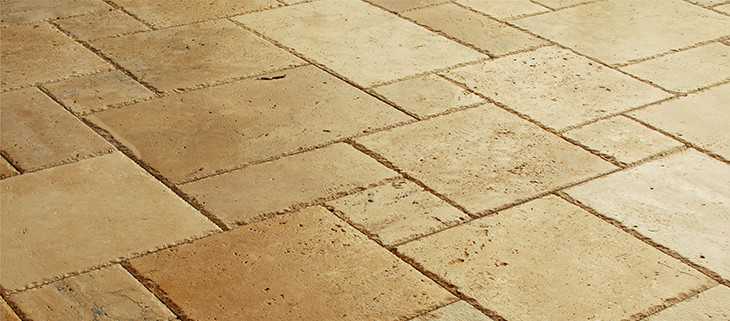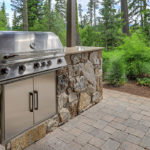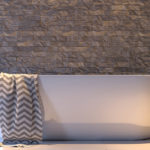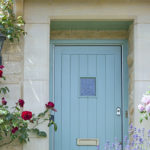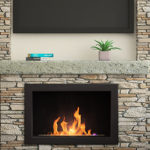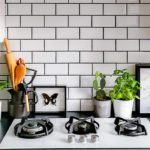Where Your Floors Come From
Marble and Other Materials Come from Near and Far
Few people stop to contemplate the life story of their floors, even if they have floors made of marble, or another type of semi-precious stone. If you’re lucky enough to have your home custom made from the ground up, you’ve got a unique opportunity to get a long, deep look at where your building materials come from, including your floors! If you’re someone whose curiosity is strong, the origin of your floors is a great research project that may help someone around you. You’ll learn why some floors cost more than others, and where the very comforts that you have in your home are sourced. Having an understanding is having an appreciation, even in the most elegant, marble-walled home.
Marble
Marble is a metamorphic rock, meaning it was something entirely different before it met with years of heat and pressure. Marble was limestone, which is actually a coalescence of the calcified remains of sea organisms. Limestone has an incredible variety of uses, but marble is what many people want in their home for its refined look, soft feel, and durability. Marble has been loved for centuries, and its popularity as a home building material has gone on. Marble’s classic look is the white with grey or black veins that trace through the entire stone, but white is actually a rare color for marble. Soft, retro-looking blush reds and green is far more common, and just as desirable. After marble forms from limestone, it is mined in quarries, and sent off to companies for processing, where it eventually makes it into your home, or your neighbor’s home.
Limestone
Limestone is a beautiful material that sometimes lives in the shadow of its popular cousin, marble. Limestone is a heat-resistant, multi use material that has been used for thousands of years inside and outside of various buildings, many of them public use. Limestone forms when the calcified remains of sea animals fuse together, and are compacted by the continuously building pressure of layers and layers of remains. Once packed together, limestone can be mined the way marble is mined, and sent all over the world. Limestone makes great floors, but also great fireplaces and stairs for those who want something that is just as attractive and durable as marble, but is more subtle.
Hardwood
Probably the most popular and accessible flooring option in the United States, hardwood is an easy-to-clean, low maintenance type of flooring that appears primarily in private residences and private-use buildings near wooded areas. Hardwood does have one drawback in its resilience is lower than limestone or marble. After a few years, the glaze that protects the wood begins to wear, and having hardwood reglazed is costly and time-consuming. Hardwood floors will also warp in extreme cold, leaving gaps that may cause accidents, injury, or invite pests into your home. Hardwood is more accessible than marble to many people, but it does need proper care, and anyone that invests in it needs to have a complete understanding of its vulnerabilities as a building material.

